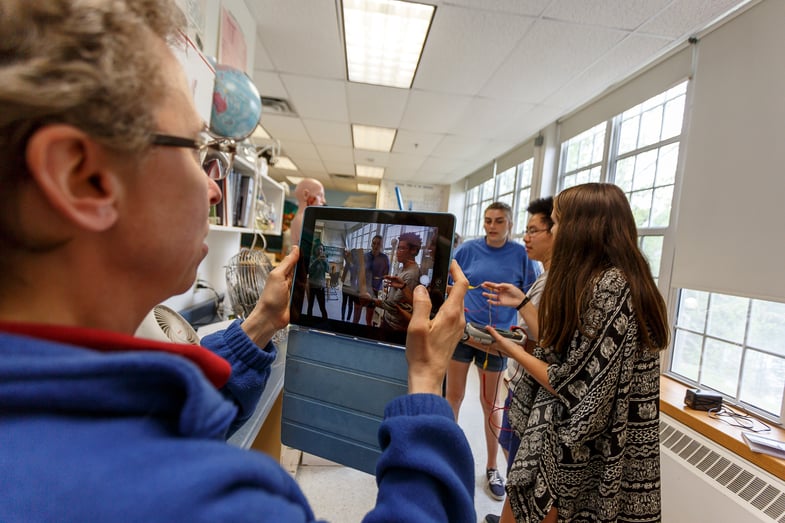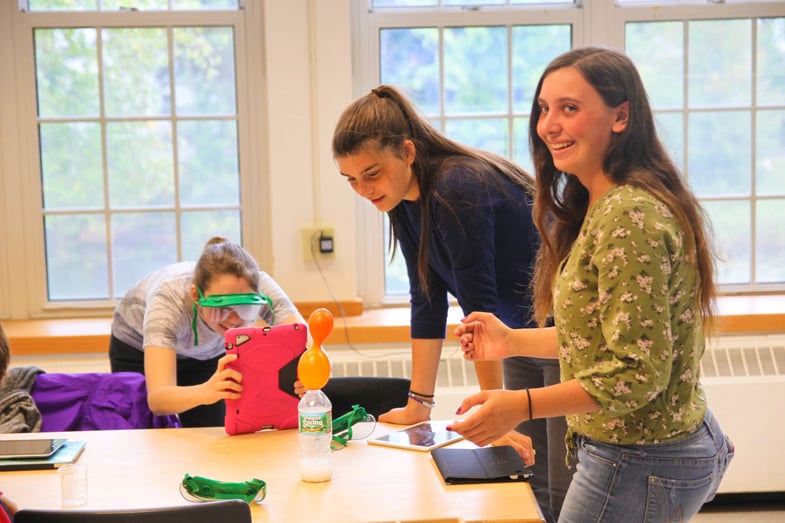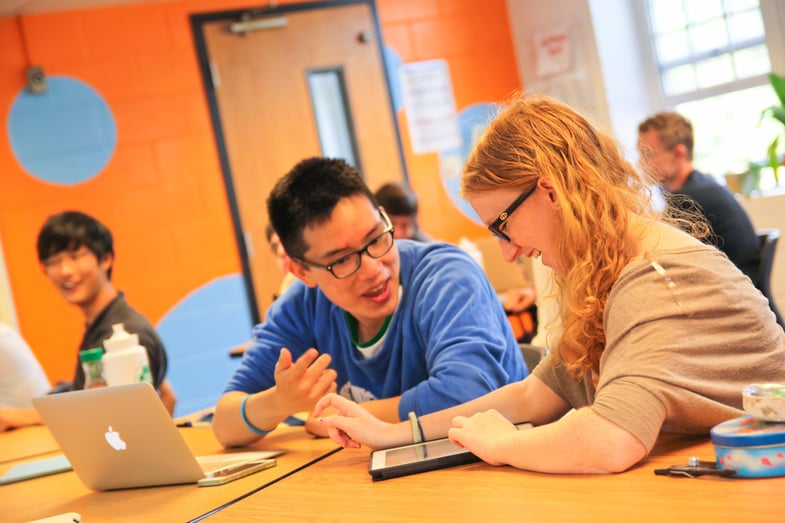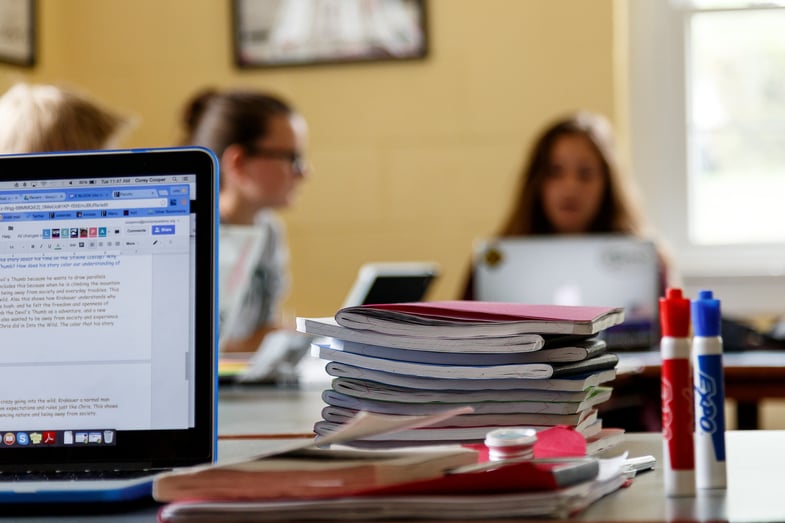As Proctor faculty begin organizing syllabi for the upcoming Fall Term, laying out plans and thinking critically about how technology plays a role in the learning environment they are creating in their courses, we take a few minutes revisit Proctor's philosophy around educational technology.

Over the past few years, significant conversations have taken place around the best way to use technology in the classroom. These conversations are happening at schools all around the world. Some are serving as early adopters, while others are lagging well behind the curve. Proctor started its 1:1 laptop program and had an entirely wireless campus more than a decade ago, however, new opportunities (and challenges) with technology continue to present themselves.

The infusion of technology into the learning experience of students at Proctor is not isolated to one department, but rather spans the entire curriculum. A school wide 1:1 iPad program allows teachers and students to create dynamic learning environments both in and out of the classroom. Conversely, Proctor intentionally has kept some learning opportunities intentionally void of technology all together. Both environments serve an important purpose for our students as we learn how to best live with (and without) technology.

We know educational technology tools are essential to 21st century learning. However, our ultimate goal is to graduate digital, media and globally literate students who are able to access, examine and ethically use information to enhance their own learning. This teaching of HOW and WHEN to use technology to advance learning goals is critical to Proctor’s approach to educational technology. The use of technology is not the end goal in and of itself, it simply provides an opportunity to break down the walls of the classroom and augment student learning.

By understanding technology is just another learning tool (not THE ONLY learning tool) we have the opportunity to utilize technology in a way that truly augments the learning process and benefits students in their educational journey.








